
© Paul B. Goode. (Click image for larger version)
Bill T. Jones / Arnie Zane Company
The Analogy Trilogy — Dora: Tramontane
★★★✰✰
New York, The Joyce
5 November 2016
About Bill T Jones
www.joyce.org
Memories
Lately, Bill T. Jones has developed an interest in oral histories, in finding a way to tell the lives of others, filtered through his probing questions. Jones’ voice is a central part of his work, and has been from the beginning. His latest project is a trilogy, inspired in part by W.G. Sebald’s novel The Emigrants, a book that follows the lives of four Jewish characters after the Second World War. The two first sections of this “Analogy Trilogy” just completed a run at the Joyce Theatre in New York, and the third will come out next summer.
Part I lays out the early experiences of Dora Amelan, the Jewish, French-born mother of Jones’s husband (Bjorn Amelan), now in her nineties. Part II deals with the experiences of his own nephew, Lance Theodore Briggs, a man who showed early promise as a dancer but succumbed to various addictions and destructive behaviors and is now plagued with health problems. The final section will draw more directly on Sebald’s book, specifically a character called Ambros.
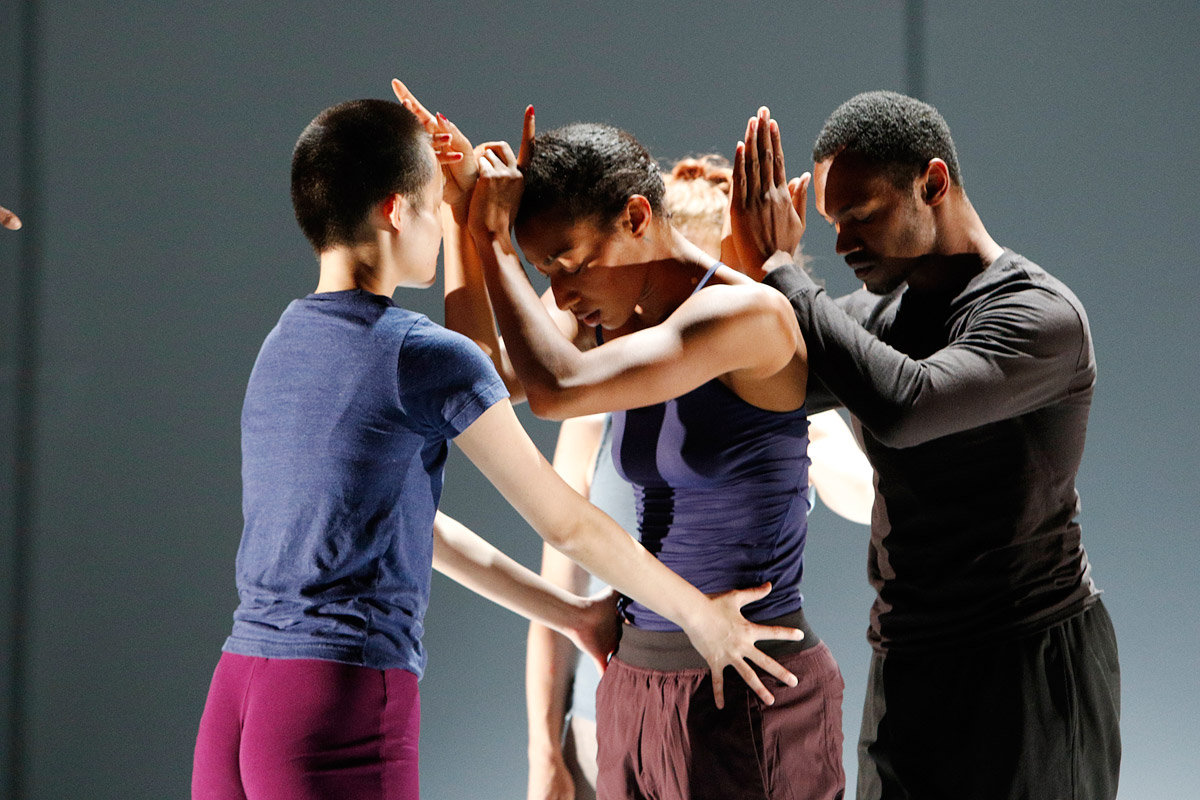
© Paul B. Goode. (Click image for larger version)
Over the weekend, I caught the first part of the trilogy, Dora: Tramontane. The subtitle is a reference to the hot wind that blew through the internment camp known as Rivesaltes, where Dora worked as a young woman. Through the organization OSE (Oeuvre de Secours aux Enfants) she and others brought food and assistance to the inmates – foreign Jews known as the “Fifth Column” – who were being held in Vichy France before eventually being shipped off to extermination camps. They also saved many children, and helped others to escape. As she points out, neither she nor the inmates knew exactly where they were being sent or for what purpose, but they knew it was nowhere good.
The story is a profound meditation on war, on life, on youth and hope and survival and the inexplicable magic of luck. She is inexplicably spared death on several occasions. At one point, Dora remembers telling a young man at the camp who wonders if it is not better to die there than to be shipped off to the unknown: “You are young and strong, you stand a chance”. Throughout, we hear Dora and Jones’s voices channeled through the dancers, who have internalized the transcripts of their conversations. Dora is often heard in the voice of Jenna Riegel (a beautiful, warm, comforting voice). Cain Coleman (more detached, perhaps even a little insincere-sounding) is the most frequent stand-in for Jones. They sit at a little desk, speaking face to face, or move around the stage, passing the microphone to each other and to the other performers. Around them, people move, watch, dance, and constantly shift and reconfigure a set of walls. The designs are by Bjorn Amelan, with highly effective lighting by Robert Wierzel.
The walls create the illusion of houses, rooms, windows, and doorways, suggesting interior and exterior spaces through which the dancers move with enviable fluidity. The story is beautifully paced, told in a direct, unemotional, but empathetic style that renders it all the most affecting. The score, which combines Schubert lieder, somewhat reedily sung by Nick Hallett, with classic French songs like “Parlez Moi d’Amour,” sets a melancholy mood. Dora is a sympathetic character, a plucky young woman who survived by sheer luck, but saw much suffering and experienced deep loss. Her mother, her family business, her sister, the people she was trying to save – all these slip away into the abyss. But as she says, “it’s different when you’re in it”; there are no tears or tearing out of hair. People got on with life, or try. As she says, they were all “hébété” – in a state of shock.
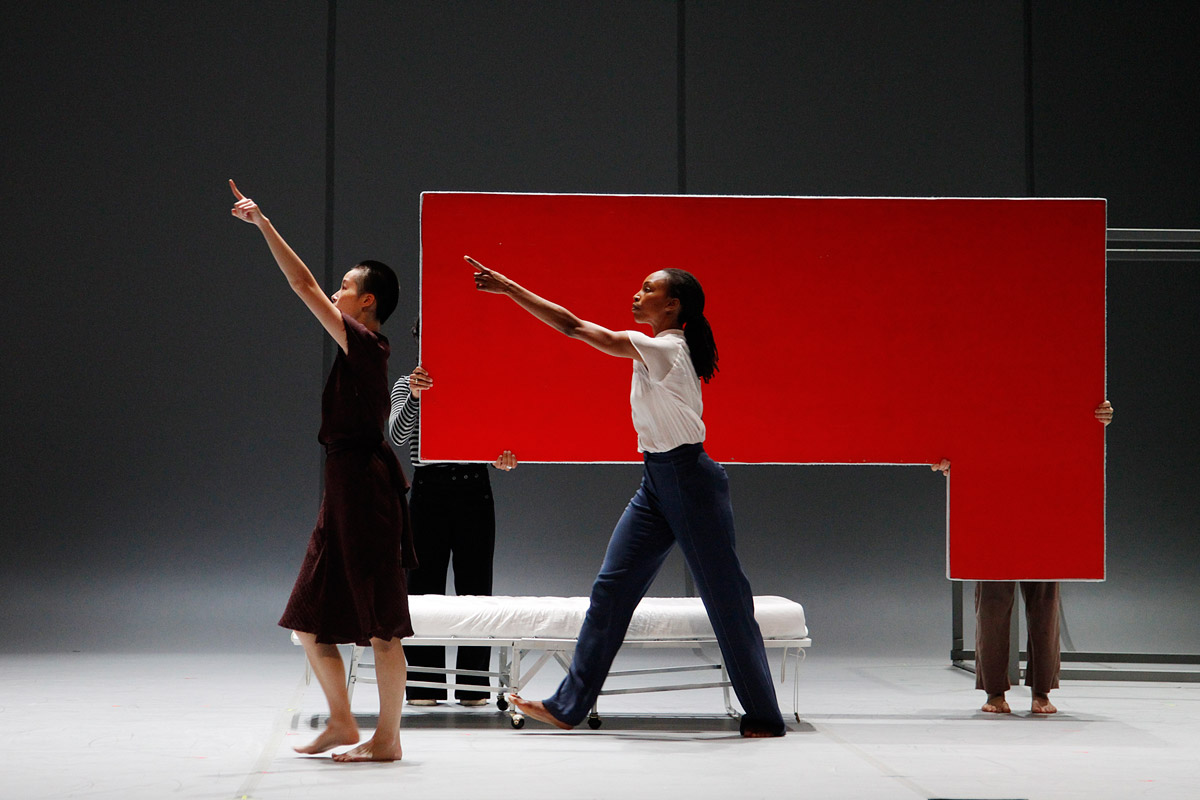
© Paul B. Goode. (Click image for larger version)
Because of this, Dora: Tramontane is a powerful and elegant piece of theatre, and one that doesn’t shy away from important questions: what would you do? Who deserves to live? How do you help people who know they will soon face death?
What it isn’t, is a particularly engrossing piece of dance theatre. Jones’ dancers are beautiful and interesting to look at. They come in all different sizes and movement qualities; no two are alike. Some are more expressive than others. Some, more virtuosic than others. But the movement language, for the most part, is quite generic. The dancers walk, run, spin, buckle, and tilt. The stretch and petit allegro of ballet is noticeable in many of the steps. They partner each other, pushing and pulling, lifting and forming chains or moving figures. Stop-action friezes are a recurring theme. Sometimes the movement seems to comment on the story, as when a couple walks slowly, sadly, during a passage in which Dora describes the separation of a husband and wife at the camp. There is a very beautiful solo for I-Ling Liu, a kind of listless puppet dance, as Dora describes the death of her sister, from a botched abortion. (Despite the war, people still made love.) At these moments, the expressive power of the body comes to the fore.
But for the most part, the dancing feels detached, and almost irrelevant. It neither adds nor diminishes from Dora’s story, the story of a young girl witnessing an unimaginable tragedy and still, somehow, emerging relatively unscathed. “People don’t change,” she concludes, and “there are good people everywhere.” We can all learn something from this simple philosophy.






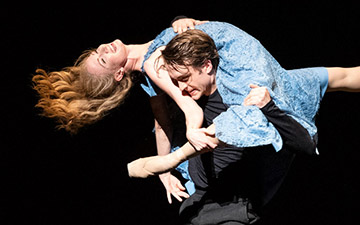
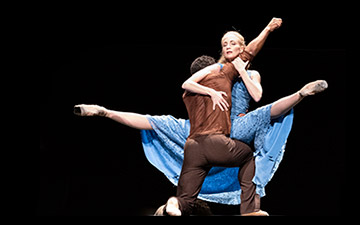

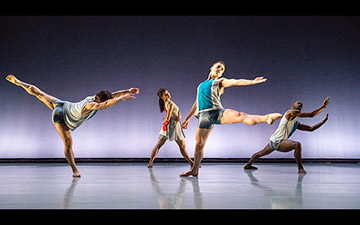
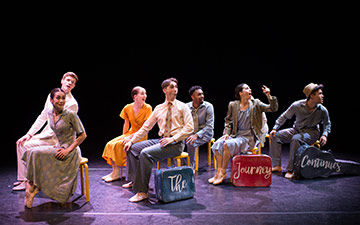

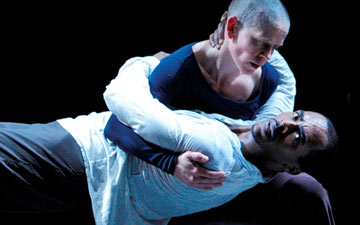
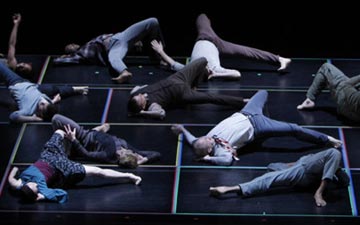


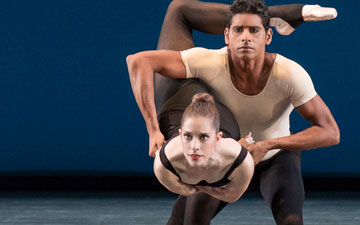
You must be logged in to post a comment.